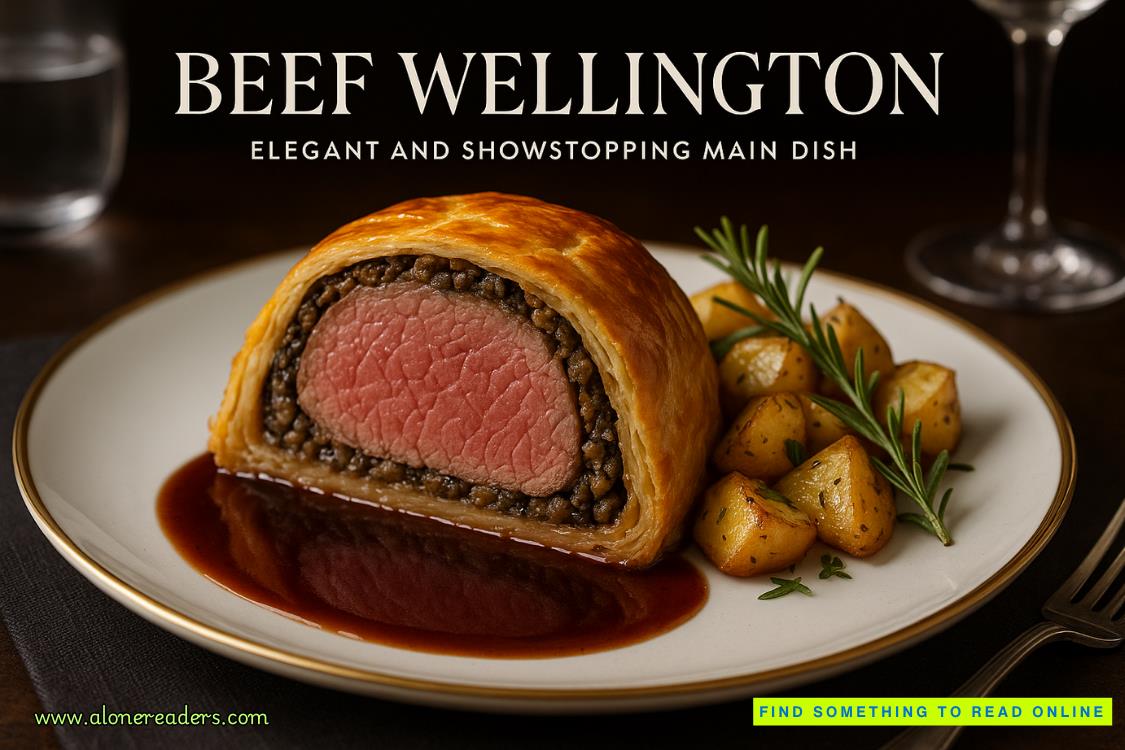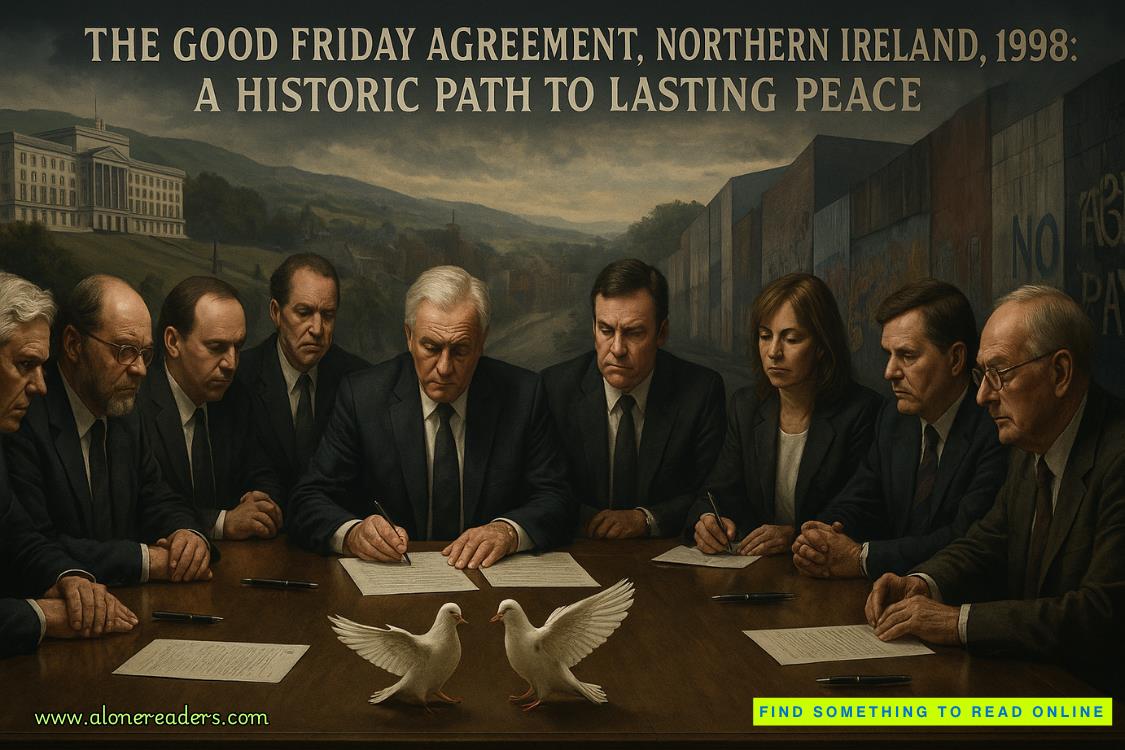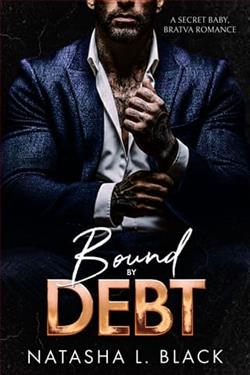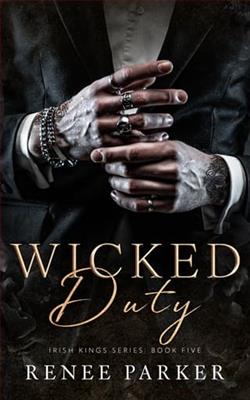Page 22 of Alone With You in the Ether
Mostly, Aldo was waiting for an epiphany of some sort. He felt confident that there would be a moment when all the disjointed parts that made Charlotte Regan so incomprehensible to him would form a recognizable shape, and then he would understand the basis of the problem.
Everyone, in Aldo’s experience, could be quantified by the things that mattered to them. Take his father, for instance. Masso was made up of an abandonment complex, a reflexive protectiveness, a love of great food, and a weighty sense of responsibility. Thus, Masso required habit, reassurance, and a certain degree of shielding from the truth. Aldo, who understood this and could predict his father’s behavior to a reliable degree of precision, was therefore able to concentrate on other things.
Regan, however, remained a series of unknown qualities, and also seemed to be popping into Aldo’s brain uninvited. He was frustrated to find that her Impressionism tour, which was certainly informative enough, wasn’t particularly enlightening. She was filling the role of Art Historian, which was like a coat she’d shrugged on rather than any recognizable version of herself. There was nothing introspective about the way she spoke about art; from time to time Aldo thought she might reveal some personal connection to the art or the artist, but even Regan’s most enthusiastic observations stopped just shy of passion.
“Hi, excuse me,” he said, raising a hand and startling her. “I have a question.”
“About Degas?” she asked doubtfully, gesturing to the painting of the dancers behind her.
“No,” he said, “about you.”
She gave him a prim look of impatience.
“You can have one question,” she allowed.
“What’s your favorite painting in the museum?” he asked her.
“Sir, this is the Impressionism tour,” she said. “You’ll have to limit the scope of your question.”
“Fine,” he said. “Your favorite painting on this tour, then.”
She hesitated a moment, then conceded, summoning their group further into the room. “This one,” she said, gesturing to a rendition of a sunset over a water channel; even to Aldo, who knew nothing about art, the colors suggested it had been painted at dusk. “This isNocturne: Blue and Gold, by James McNeill Whistler. It’s part of a series he painted in the evenings and named after musical pieces,” Regan explained. “It’s considered a forerunner of Modernism’s abstractions.”
“Why?” Aldo said, startling her before she could move on.
“Well,” Regan said, “because it isn’t illustrative or narrative so much as—”
“No, sorry. I meant why this painting?” he clarified.
“I said one question,” she reminded him.
“Hardly seems fair,” he replied. “This is just a subset of the initial question.”
“Are you saying my first answer wasn’t complete?”
“Not especially,” he said. “Not satisfactorily, anyway.”
She bit down on something. Possibly a smile, or a shake of her head.
“Sir,” she said sternly, “this is a tour, not a private conversation.”
“Why does it need to be private?” he countered, waving a hand. “It’s a conversation you’re having with us. You know, publicly. Pseudo-publicly,” he amended.
“All art is private,” she said. “The first question was about the collection, but now you’re asking me to reveal something personal about myself.”
“If all art is private, then it’s the same question,” Aldo argued.
“That’s a very loose interpretation,” she replied.
“Most of art is a loose interpretation.”
She seemed to disapprove. “You think there’s no precision to art?”
“Certainly not to Impressionism,” he said, which he felt was obvious.
“Only if you’re looking for the truth in an object,” she said. “But if you want to identify an emotion, or a sensation, then there is nothing more precise than art.”
“What’s the precision in this painting?” he asked her.















